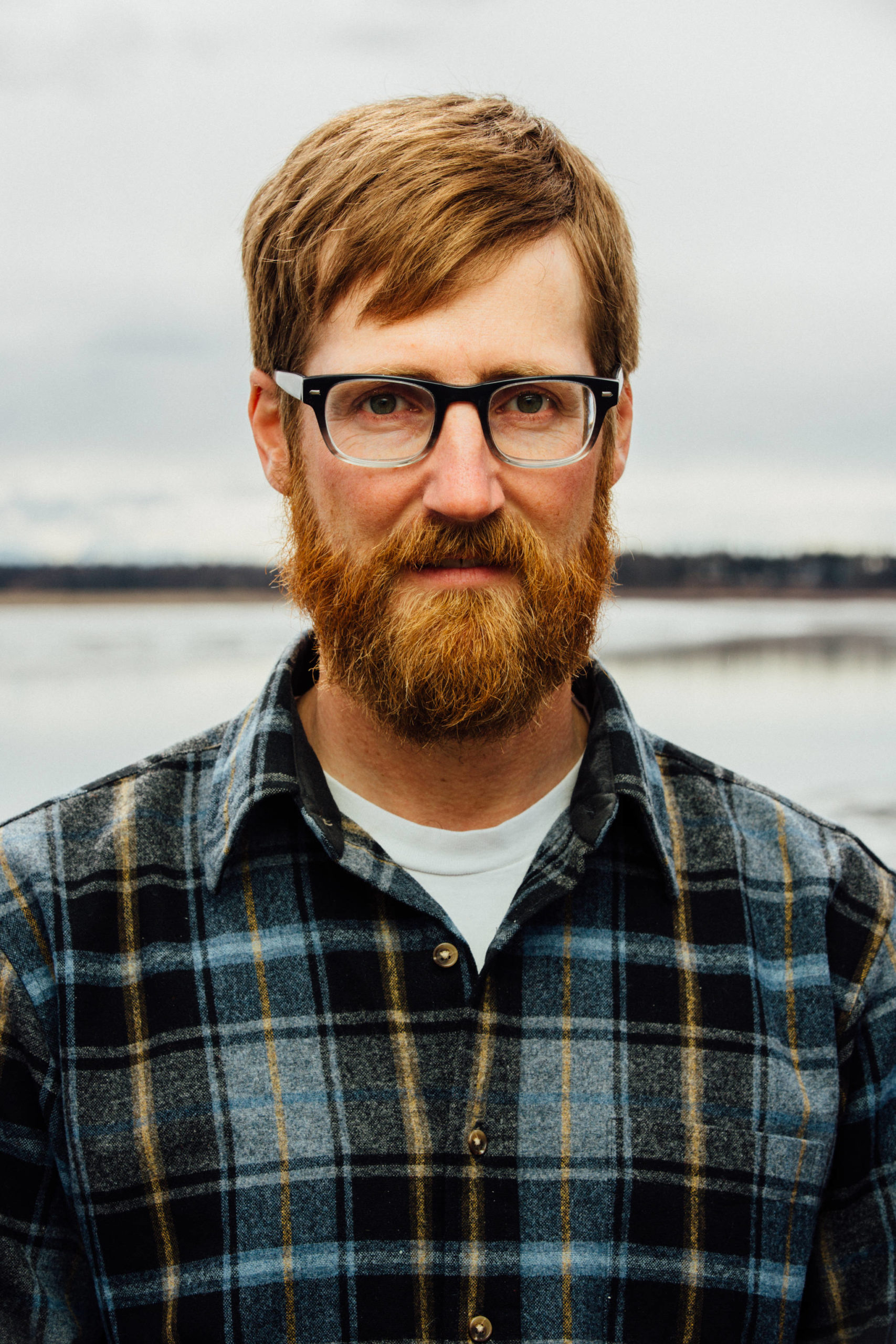By Kevin Maier
If you are reading this anywhere in Southeast Alaska in early December of 2020, you are intimately familiar with atmospheric rivers. According to the National Weather Service, these weather events are technically “relatively narrow regions in the atmosphere that are responsible for most of the transport of water vapor from the tropics.” We called them Pineapple Expresses in Washington where I grew up, but I find the technical terminology to be both far more precise and poetic. When you get almost 12 inches of rain in 48 hours, as Pelican did last week, I can think of no more accurate way to describe the associated rainfall and wind than as a raging river falling from the atmosphere. Although they differ in size and duration, Southeast Alaskans know too well that the extreme events, like the one unfolding outside my window right now, are responsible for intense wind, rainfall and floods. As Alaskans, we also know that sometimes weather is more than just background; sometimes, it’s all that matters. and as our collective hearts break for Haines, right now is one of those times.
The National Weather Service flier on atmospheric rivers suggest that the “extreme events can disrupt travel, induce mudslides, and cause damage to life and property.” As I write this paragraph, our neighbors to the north in Haines are dealing with incalculable losses on every score; Ketchikan, too, is facing uncertainty, as this storm first “lingered” over the Panhandle and then ushered in successive systems stretching for more than a week.
I’ve so far been privileged enough to read the forecast discussions and see the colorful looming blips over the Pacific and think: there goes my plan to hunt Admiralty this weekend, or, I hope the snowpack holds up at Eaglecrest. As someone who loves to get outside in marine and alpine environments, the “weather” bookmarks folder of my Safari browser is big enough to have subfolders. I’m slowly learning to speak the language of meteorologists, finding more than beauty in the deep purples and bright oranges of the satellite imagery of storms tracking our direction in the Gulf of Alaska.
As someone who loves to get outside, I’m also learning to track longer term patterns of weather in Southeast Alaska. According to my colleague, hydrologist Eran Hood, we can generally expect more of these extreme events like this most recent atmospheric river, a consequence of anthropogenic climate change and the broader hydrologic intensification we expect to see under new climactic regimes. In other words, while we may not need to learn to read the weather predictions accurately, we will all need to learn to adapt to increasingly unpredictable and extreme weather.
As we look forward to turning the calendar over to 2021 — which will certainly be cathartic, as we put a uniquely catastrophic year behind us — it isn’t going to change our climate realities. To be sure, even with a vaccine, a new resident at 1600 Pennsylvania Ave., and a return to longer days on the near horizon, there is going to be more disruption before there’s any return to so-called “normal.”
All we can hope for as we prepare for this new “normal” is that we always remember to take time to pause and mourn, to learn as best we can from unfathomable loss, and, frankly, to make sure that our collective response continues to look like it does in Haines this week. If you haven’t already, you should read the heart- stories of an entire community (as well as outdoor-loving people from across the region) putting on their foul-weather gear and getting down to the business of supporting one another in the hard work of recovering.
[Organizations mobilize to help Haines]
In addition to rehearsing these stories, to remain resilient, we need to make sure our best predictive models—of weather, human behavior, politics, and community — are increasingly flexible. To be sure, all paths forward will require that we think about how to take care of our neighbors as we learn to collectively tread lightly; this will require that we make the necessary changes in our patterns of consumption, travel, and living, while also preparing for tests of our capacity to adapt and respond to things like weather than insists on taking the foreground.
• Kevin Maier is associate professor of English at the University of Alaska Southeast and lives in Juneau. Maier is a member of the University of Alaska Southeast Sustainability Committee. “Sustainable Alaska” is a monthly column. It’s written by UAS Sustainability Committee members to promote sustainability. The views expressed here do not necessarily represent the views of the University of Alaska Southeast.

